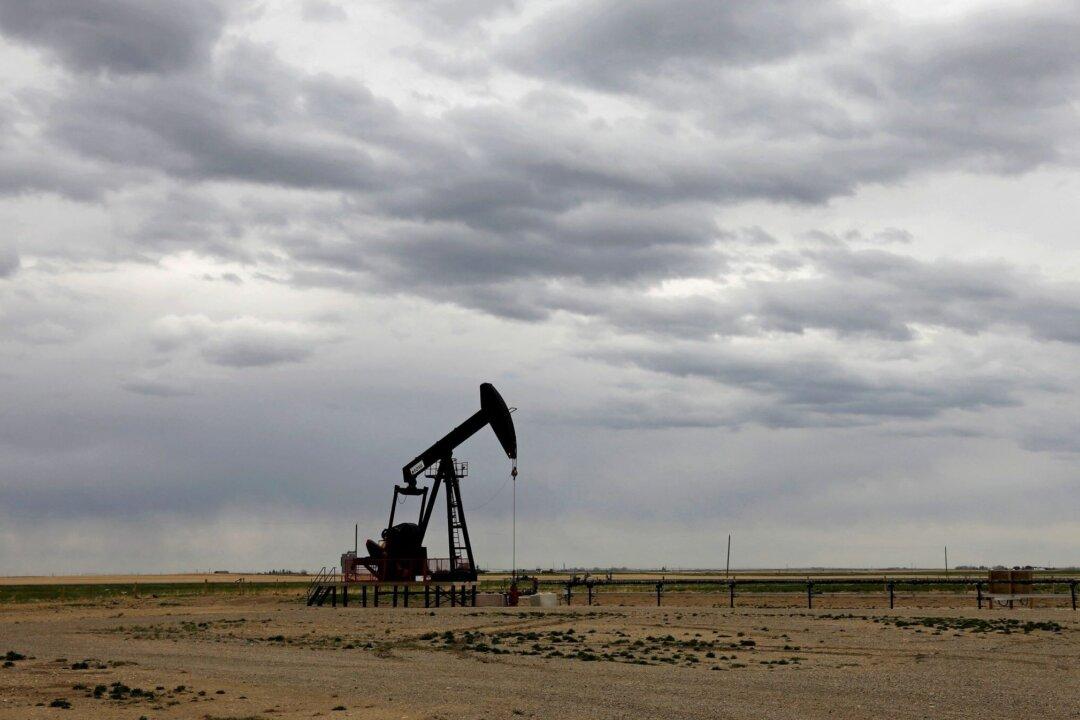If you’re young or have very little education, where’s the best place in the country for you to find a job and make a decent income? Alberta, of course, followed by Saskatchewan and British Columbia.
While most Canadians likely already suspect that economic opportunities are increasingly available in Western Canada, the hard numbers reveal stunning, positive facts about the opportunities for the young adult “career class” in the three Western-most provinces. Those same numbers are also flashing danger signs at Central and Eastern Canada.
Consider migration patterns for the 25 to 34 age group. From 2003 to 2012, Alberta gained 60,855 young adults, on a net basis, from other parts of the country. British Columbia gained 10,643, while Saskatchewan stopped losing young people and gained 581.
During that same 10-year period, on a net basis, Quebec lost 24,355 young adults, while Ontario lost 27,451. (Manitoba and Atlantic Canada also bled young adults, but that’s been a constant for some time.)
How to explain this westward migration?
The figures for private sector investment (excluding residential construction but capturing nonresidential structures, machinery, and equipment) are revealing.
In 2013 alone, Alberta garnered a total of $83.5 billion in investment, followed by Ontario ($42.1 billion), Quebec ($26.8 billion), British Columbia ($23.3 billion), and Saskatchewan ($14.6 billion); (all figures are in Canadian dollars). Do the math: Alberta by itself had more investment than Ontario and Quebec, Canada’s two most populous provinces, combined.
Add in Newfoundland and Labrador (which had $8.2 billion in total private sector investment last year), then convert these numbers to per worker calculations, and the results are even more stark: In 2013, per worker private sector investment was $57,122 in Newfoundland and Labrador followed by Alberta ($56,675), Saskatchewan ($47,348), and Manitoba ($16,918).
Meanwhile, at $9,411, Ontario’s private sector investment per worker was less than Nova Scotia’s ($9,878) and Quebec’s ($10,206). All three were slightly ahead of Prince Edward Island at $9,159, however.
The relative lack of private sector investment should be of great concern to Ontarians and Quebecers because it signals that their economies now replicate the economic malaise of Atlantic Canada—save for emerging Newfoundland and Labrador.
More numbers: The 10-year average unemployment rates for young adults were significantly higher in Quebec (7.3 percent) and Ontario (7.1 percent) when compared with Alberta (4.2 percent) and Saskatchewan (4.8 percent).
Another statistic to keep in mind is the unemployment rate of those young adults “career class” out of work for six months or longer: Alberta (11.5 percent) and Saskatchewan (13 percent) loom large over Ontario where 23.5 percent of the career class were unemployed for more than six months—the highest rate in the country.
But what about the wallets and bank accounts of working Canadians?
Alberta and Saskatchewan have the smallest proportion of tax filers who declared less than $30,000 in income (42.2 percent and 47.4 percent respectively). In every other province, more than half of declared tax filers earn less than $30,000. Alberta and Saskatchewan also have the largest middle-class earners as a percentage of their populations and a larger share of high-income earners (above $100,000) compared with the other eight provinces.
Lastly, take a look at total household per capita income (adjusted for inflation). Eleven years ago, Alberta led the league (at $40,744) with Ontario second ($37,018). By 2012, while Albertans ($52,207) remained on top, followed by Saskatchewan ($42,249), and British Columbia ($41,239), Ontario had dropped to fourth place ($40,838) with Newfoundland and Labrador ($39,836) nipping at Ontario’s heels.
Here’s the takeaway. In recent years, the young adult career class in Canada has flocked to Alberta, and to a lesser degree, British Columbia; Saskatchewan is now retaining its young adults.
Because the West is where private sector investment money has flowed, jobs, low unemployment, shorter durations of unemployment, and high incomes have followed. Meanwhile, Central Canada now resembles Atlantic Canada, except for Newfoundland and Labrador, where things are picking up.
Mark Milke is a Senior Fellow at the Fraser Institute and author of “Go West, Young Adults: The 10-year Western Boom in Investment, Jobs and Incomes.” This article previously published at TroyMedia.com.





